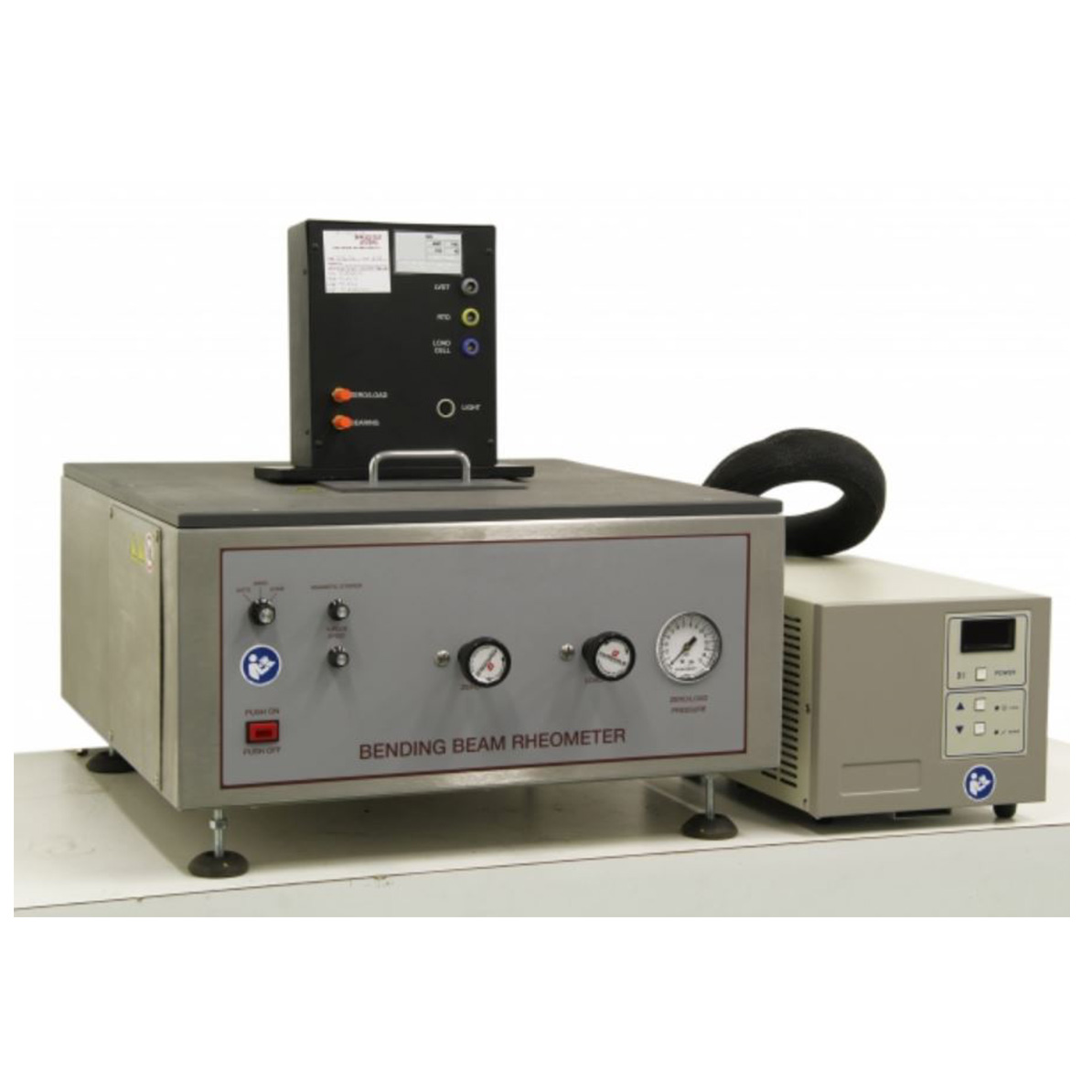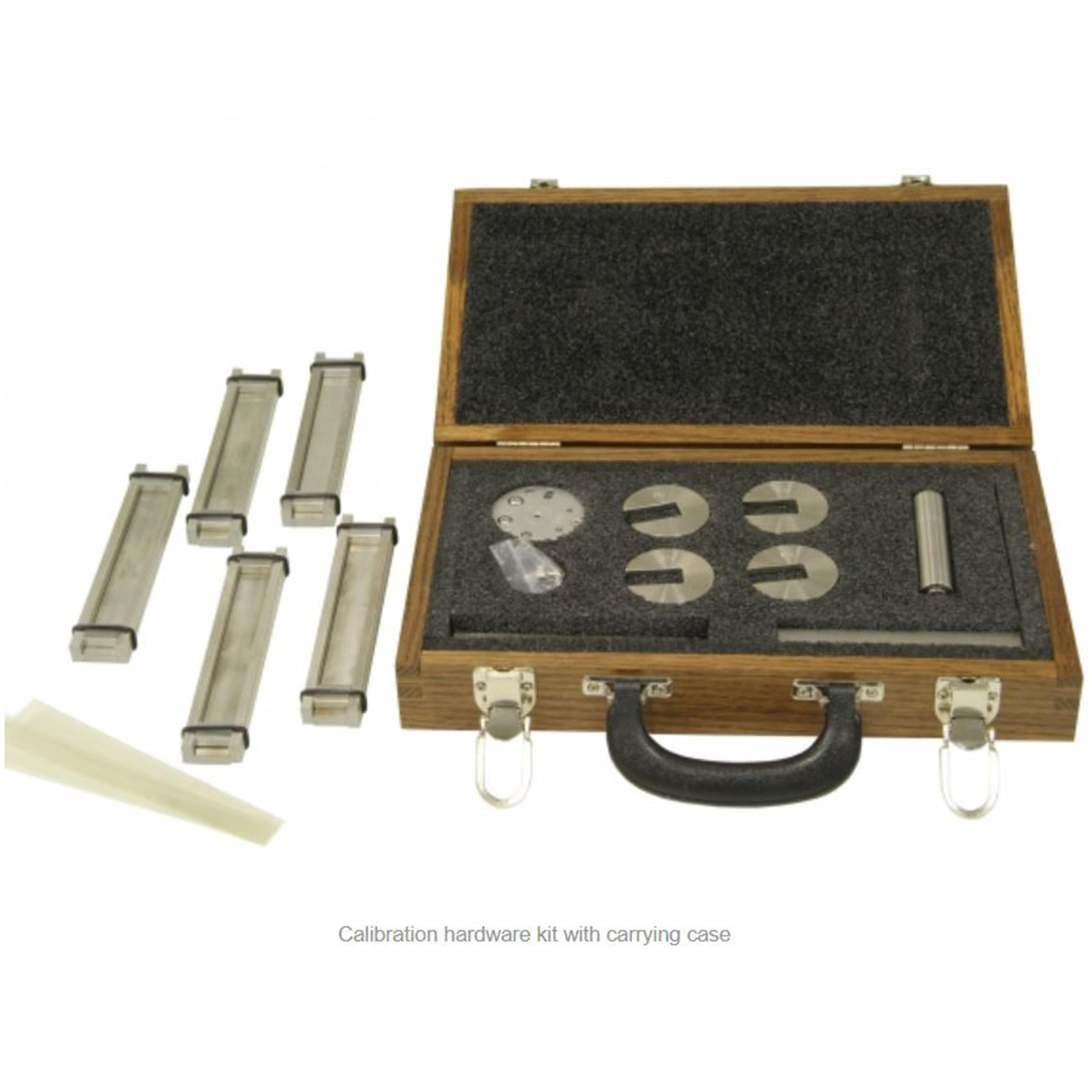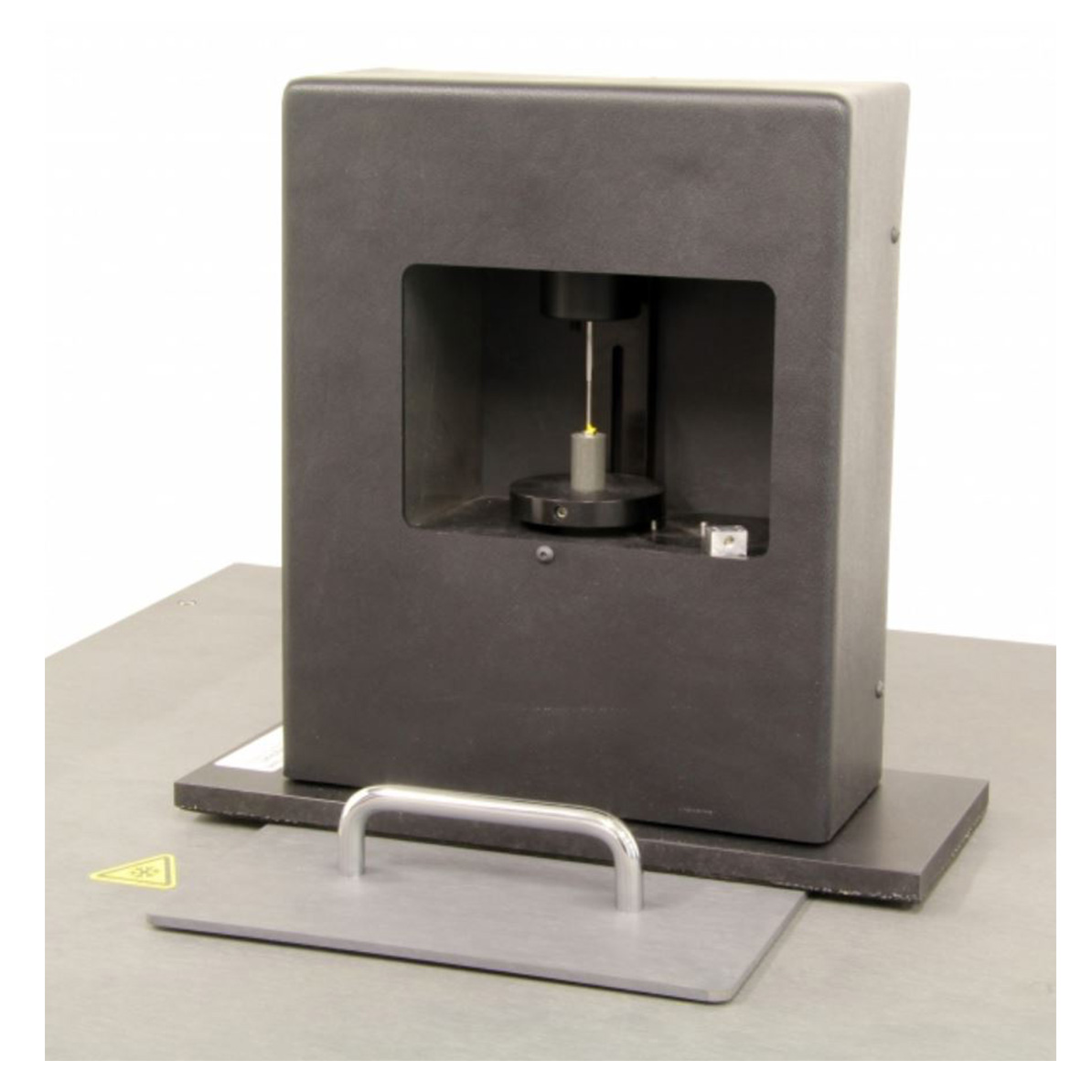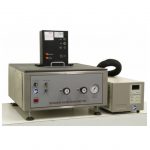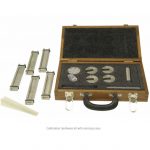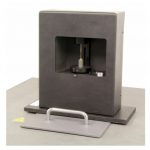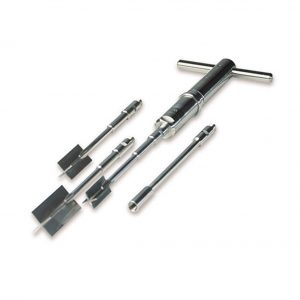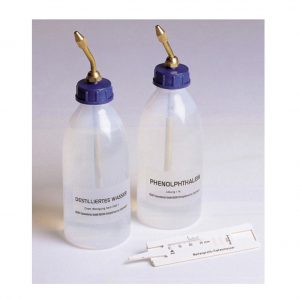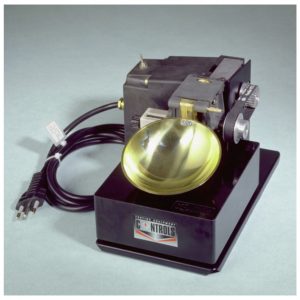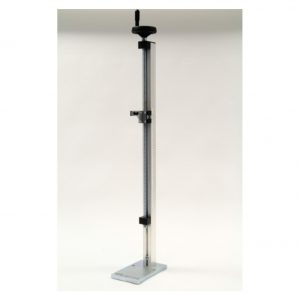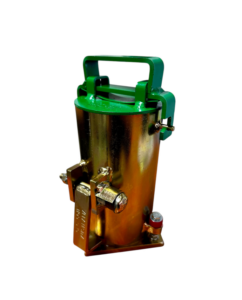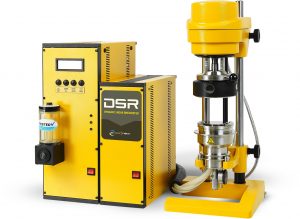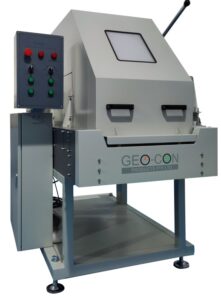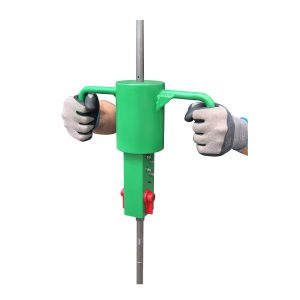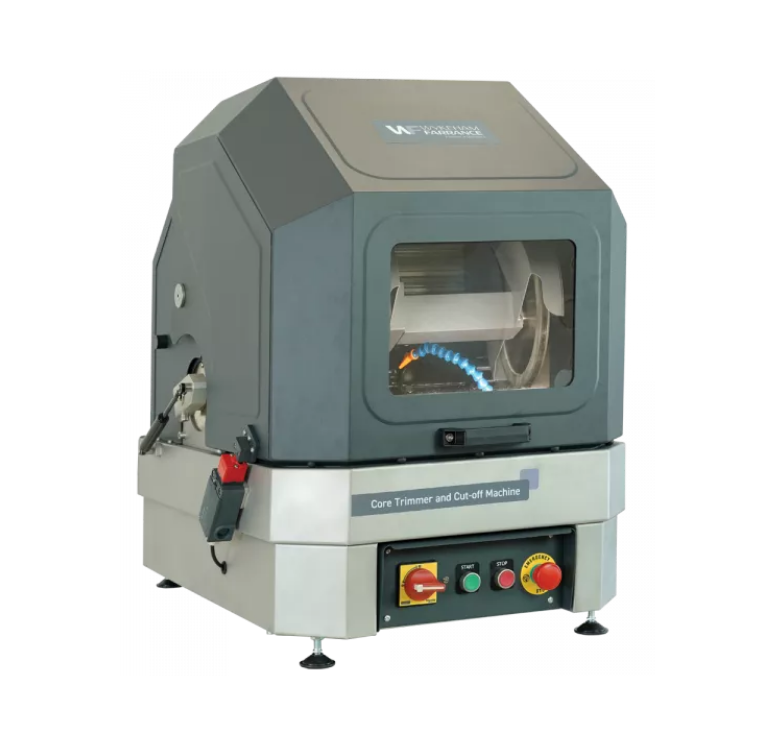Description
81-PV5902 Bending Beam Rheometer (BBR) 230 V, 50-60 Hz, 1 ph.
The Bending Beam Rheometer (BBR) test provides a measure of low temperature stiffness and relaxation properties of asphalt binders. These parameters give an indication of an asphalt binder’s ability to resist low temperature cracking.
The Bending Beam Rheometer (BBR) is engineered to perform flexural tests on asphalt binder and similar specimens per ASTM D6648 and AASHTO T313. These tests consist of a constant force being applied to a specimen in a chilled bath in order to derive specific rates of deformation at various temperatures.
The Bending Beam Rheometer (BBR) test (see Figure 1) provides a measure of low temperature stiffness and relaxation properties of asphalt binders. These parameters give an indication of an asphalt binder’s ability to resist low temperature cracking. – See more at: http://www.pavementinteractive.org/article/bending-beam-rheometer/#sthash.NocVgDFH.dpuf
The Bending Beam Rheometer (BBR) test (see Figure 1) provides a measure of low temperature stiffness and relaxation properties of asphalt binders. These parameters give an indication of an asphalt binder’s ability to resist low temperature cracking. – See more at: http://www.pavementinteractive.org/article/bending-beam-rheometer/#sthash.NocVgDFH.dpuf
The Bending Beam Rheometer (BBR) System consists of a fluid bath base unit, a three-point bending test apparatus which is easily removed from the base unit for specimen loading and unloading, an external cooling unit with temperature controller, and a calibration hardware kit with carrying case. The system includes a PC and the testing software.
The Bending Beam Rheometer BBR can be used as part of your Superpave performance based testing program.
Technical Specs
| Models | 81-PV5902 81-PV5904 |
| Conforming to Standard |
ASTM D6648 AASHTO T313 EN 14771 |
| Machine control by | PC (included) with dedicated software |
| Load Frame | Integral stainless steel frictionless construction |
| Loading shaft | In-line stailess steel with blunt point |
| Test Load | Variable test range from 0 to 200 g standard. System maintains required test load to within ±0.5 g throughout the test cycle |
| Test Cycle Times | Cycle times for pre-load, recovery, and test load are completely operator- adjustable |
| Load cell | 500 g (temperature-compensated) |
| Mechanical overload protection |
Standard |
| Test weights | Calibrated and traceable |
| Sample supports | 25 mm (0.98 in.) diameter stainless steel spaced 101.6 mm (4.00 in.) apart |
| LVDT displacement transducers |
6.35 mm (0.25 in.) calibrated range to provide 2 μm resolution throughout testing and verification range |
| Testing Software Features | Large on-screen display of load, displacement and bath temperature provides ease of setup and operation. Real-time displacement, loading, and temperature graphs are displayed during the test cycle and can be re-scaled as needed for easy viewing |
| Cooling Unit | Included (non-CFC refrigerant) |
| Recommended Cooling Bath fluid |
Non-flammable ethylene glycol mixture |
| Operating temperature | Ambient to -40° C (-40°F) |
| Temperature Measurement | Platinum RTD |
| Compressed air requirement | 0.34 MPa (50 psi) clean, dry air supply required |
| Weight | approx. 115 kg |
Accessories
81-PV059/1
Extra aluminium beam mould. Set of five.
81-PV059/2
Set of 36 plastic strips for BBR specimen moulds.
Air Compressor
86-D2015
Laboratory air compression, 10 bar max. pressure, 8 bar for continuous use. 50 liters capacity. 230V, 50Hz, 1ph.
86-D2015/Y
Laboratory air compression, 10 bar max. pressure, 8 bar for continuous use. 50 liters capacity. 220V, 60Hz, 1ph.
86-D2015/Z
Laboratory air compression, 10 bar max. pressure, 8 bar for continuous use. 50 liters capacity. 110V, 60Hz, 1ph.


